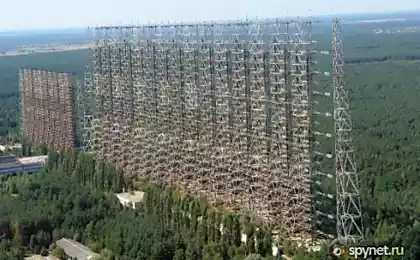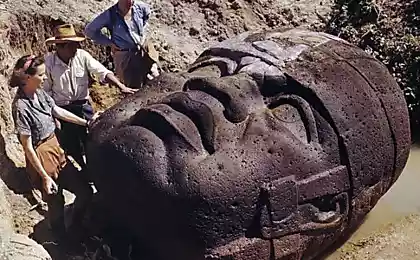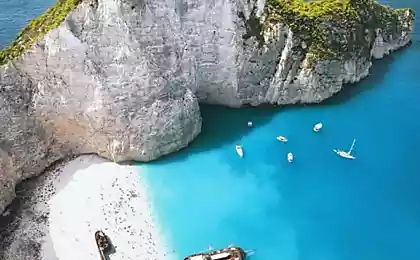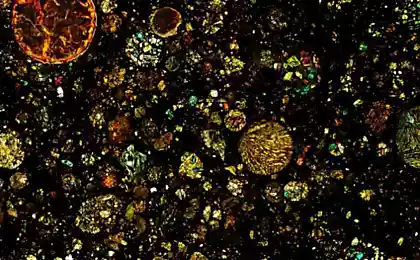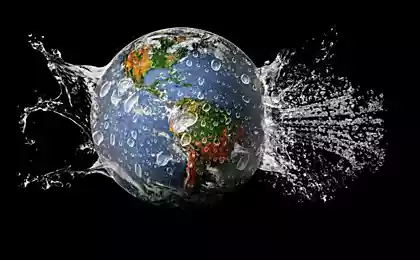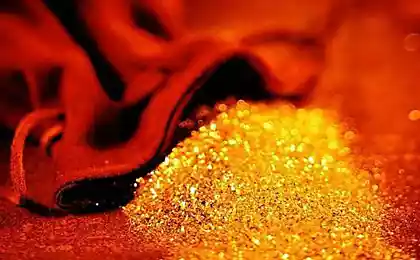2731
Giant prehistoric boas may reappear on Earth

In the wetlands of South American jungle about 58 million years ago lived a giant boa
The length of this huge reptile was about 14 meters and weighed more than a ton of it. According to scientists, boa pretty easily could swallow a whole crocodile.
Until recently, researchers were not aware of the existence of this fossil reptile, the discovery of which will allow scientists to learn more about the past and are likely to look to the future, according to BBC.

The find was made during excavations in a coal mine in Kerrehon (Colombia). BoA was named Titanoboa cerrejonensis (huge boa Kerrehona), and, according to experts, it is a relative of anacondas and boa modern. The snake was not poisonous - she killed their prey by means of enormous compressive strength (over 180 pounds at 6, 4 sq. Cm). Note that this load was a man, if fell under the weight of a half of the Brooklyn Bridge.
Scientists believe that after the extinction of all dinosaurs on the planet, boa Titanoboa was the largest predator on Earth for 10 million years. The sheer size of the snake, according to researchers, can be explained by the fact that at the equator was much hotter than it is now. The researchers also noted that during the period of kerrehonskih rainforest carbon dioxide levels in the atmosphere was higher than the current by about 50 percent.

In order to understand how prehistoric boa corresponds with the modern fauna, and explore its food diet and get an idea of its appearance, the researchers decided to study the remains of the skull of this reptile.
Currently, found the remains of three skulls, which allowed researchers to completely reconstruct the structure of the skull of the huge reptiles. Currently at the Smithsonian Museum of Natural History in the US exhibited a fake snake in full size, and the next year he will go on a tour of America.
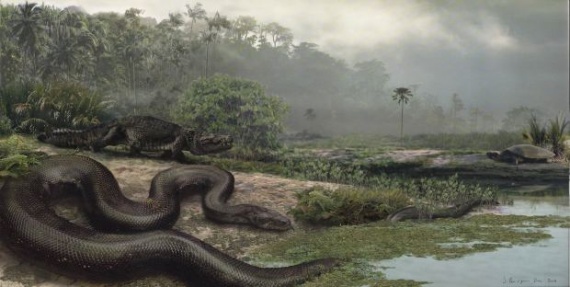
It is expected that further study will allow scientists to learn how the ancient animal world, and to obtain new data on the history of the Earth's climate. Thus, fossils can tell us about the consequences of the current climate change.
Also, scientists do not rule out that if the world again raise the temperature, the giant boa may return to our planet, but it will take a million years.
British scientist ranked dinosaurs to waterfowl
In the Russian Interior Ministry came up with a new way to activate memory

